As Oct. 21 marks Back to the Future Day, students and teachers discuss how past art affects their own artstyle and contemporary art. Jennifer Bubp, AP Art History teacher, said art creators will always have a source of inspiration from either the past or present.
“Artists never create art in a vacuum,” Bubp said. “They’re always influenced by what’s happening in the political culture or society.”
When looking at recent history, Bubp said she believes digitalization of media has had the largest impact on what artists create.
“[Artists] are realizing that no longer is a stationary work of art necessarily going to grab the attention if they’re trying to get a message out,” Bubp said.
Bubp also finds that video installations are becoming more prevalent in contemporary museums, as holding the viewer’s attention has become more difficult. Bubp said one of her inspirations for her work is Janine Antoni.
“She does a lot of performance art, but she speaks to a lot of social causes,” Bubp said. “Antoni did a series related to bulimia for example; she took 500 pounds of chocolate and 500 pounds of lard and she gnawed on these blocks with her own teeth. And it looked awful, but that’s exactly the point she was trying to get across. These different issues that we see all around us, in a way, are very compelling.”
Bubp said a common theme in history is artists’ commitment to social causes and creating awareness, and through movements can change the trajectory of art’s evolution. She said in the 1970s movement “The Happenings,” convening artists would make art in the middle of cornfields.
“It would create almost Woodstock type experiences. It definitely catapulted the concept of performance art,” she said.
Junior Ava Luckenbill, who uses acrylics and oils in her art, said Claude Monet-the father of impressionism- is one of her biggest inspirations in modern art.
“Many of the impressionist artists inspire me big time. I really love Monet because I just love his pastels. It’s so relaxing,” Luckenbill said. “Impressionism was a big movement for women. That was the first time women were being considered as painters and not just muses.”
Luckenbill also said that modernism takes historical art and makes it more speculative.
“[Modern art] is more concept based, like the concept of isolation or love,” she said. “You’re trying to lean more towards theories and theorems, and then you go back to realism as you go. It’s like a cycle.”
Bubp agrees with Luckenbill that many artists take inspiration from past art, but emphasizes the importance for artists to learn art history.
“What I see is kids who take [AP Art History] at Carmel and also have an interest in art,” Bubp said. “The class makes the toolbox that they have to use for references or images that much richer, because now you’re drawing not only from the contemporary imagery, but the historical significance as well.
Michael Ghosh, AP Art History student and junior, said he likes Ancient Chinese art, specifically the Jade Cong. He said he believes the current fashion industry was affected by historical influences.
“But for people trying to draw or paint, I think they were definitely trying to recreate what the greats did,” Ghosh said. “People now try to recreate that.”
Luckenbill said she agreed with Ghosh.
“Recreating paintings is literally the best way to develop new styles,” Luckenbill said. “Copy other people’s art–it sounds so bad, but it’s really good to figure out how to paint things in certain ways.”
Luckenbill said she believes that art is constantly changing, and will continue to evolve into different forms.
“We’ll probably run into more big movements; it might revolve around more social issues or it might just literally be like, ‘Oh we’re into pink now,’” Luckenbill said. “It could be anything.”
On the other hand, Ghosh looks at the evolution of art in a different way.
“Maybe technology will take over,” Ghosh said. “Maybe one day, I can just press my hand down and the art would be just up in my face.”





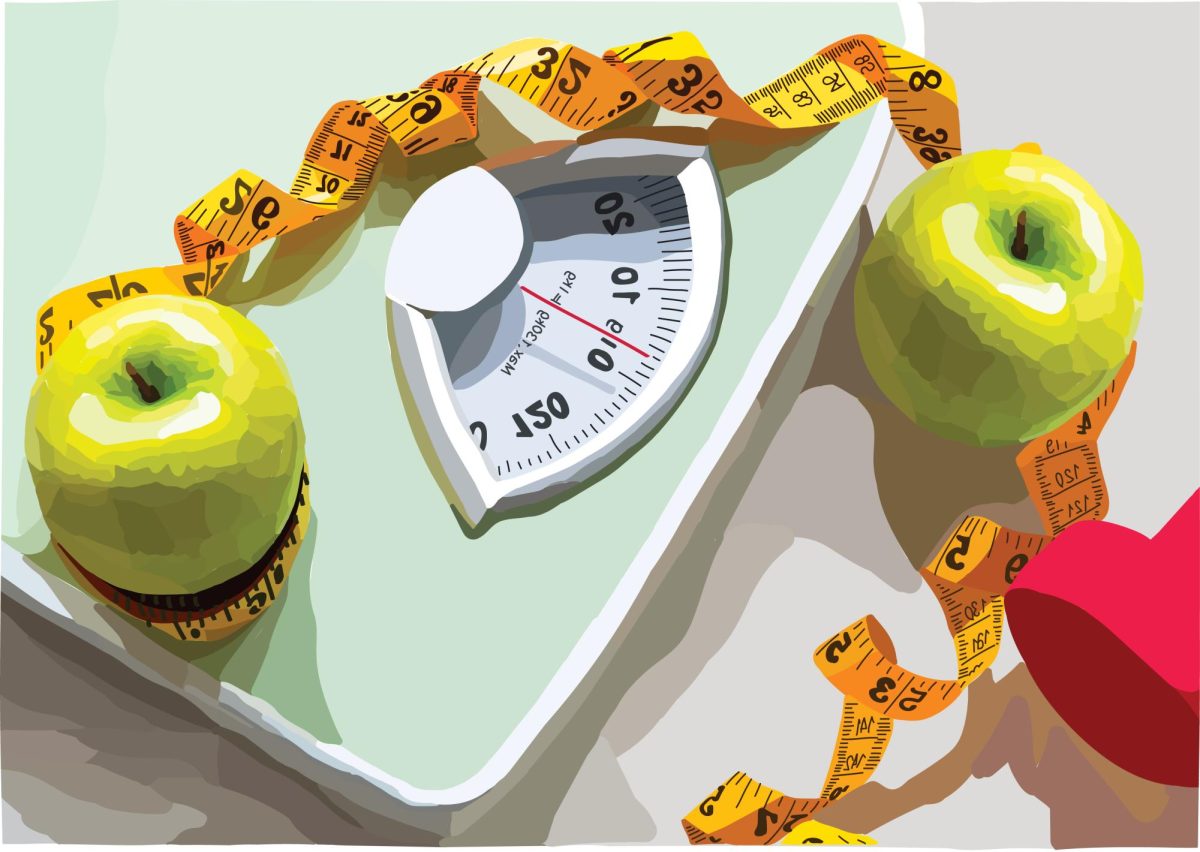
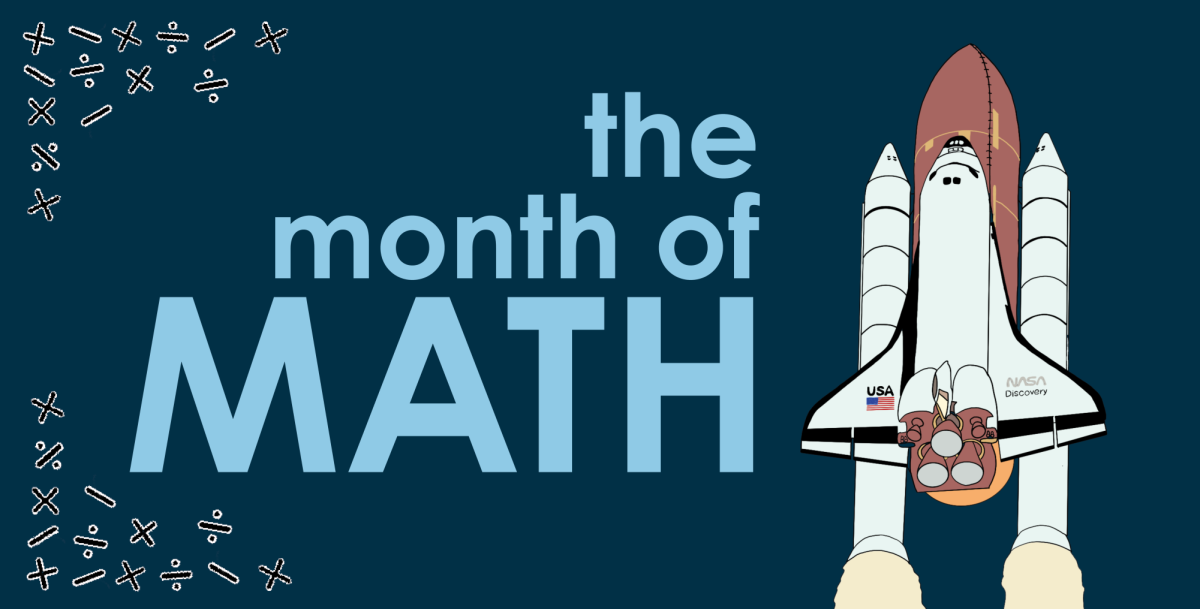



















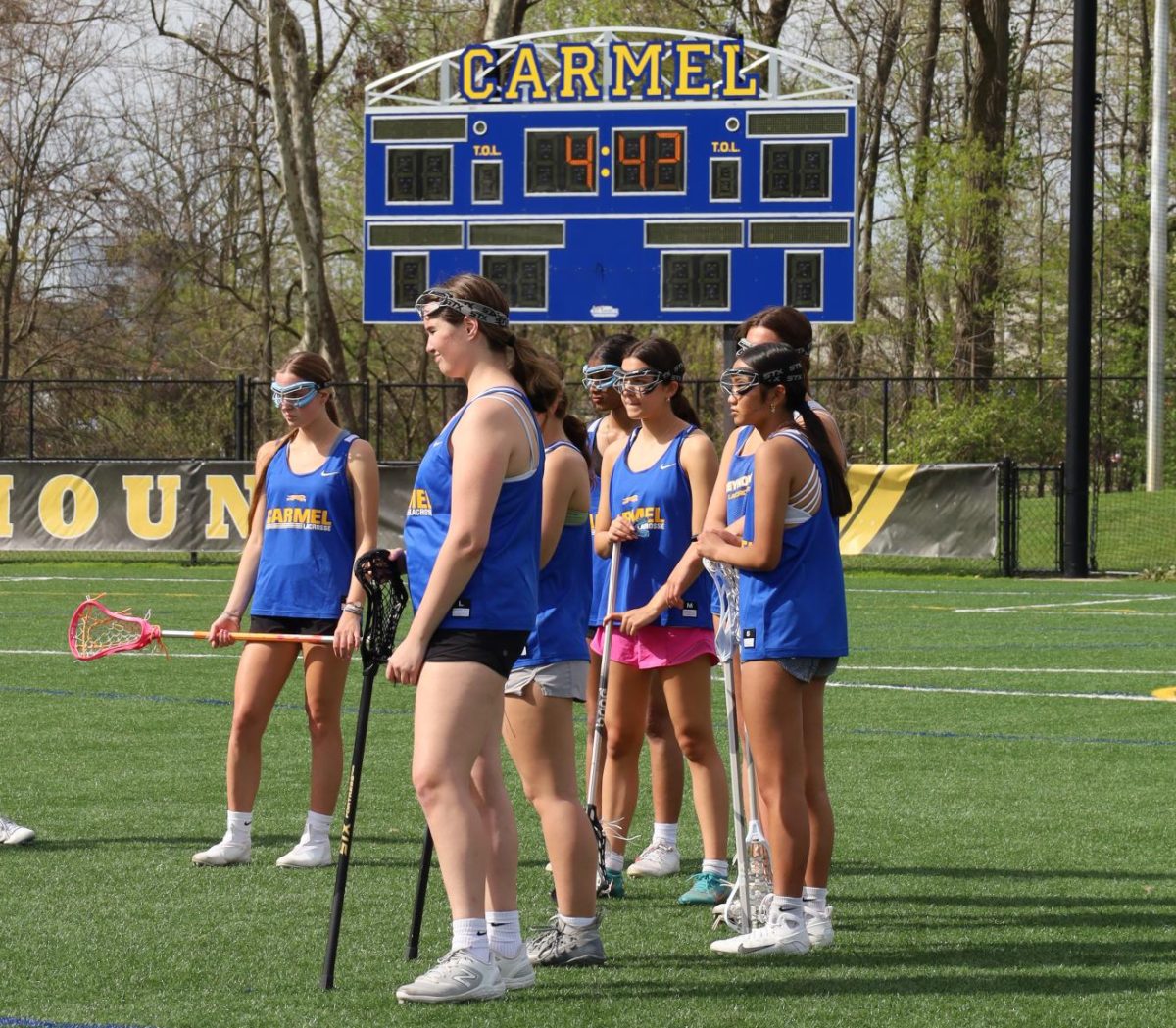

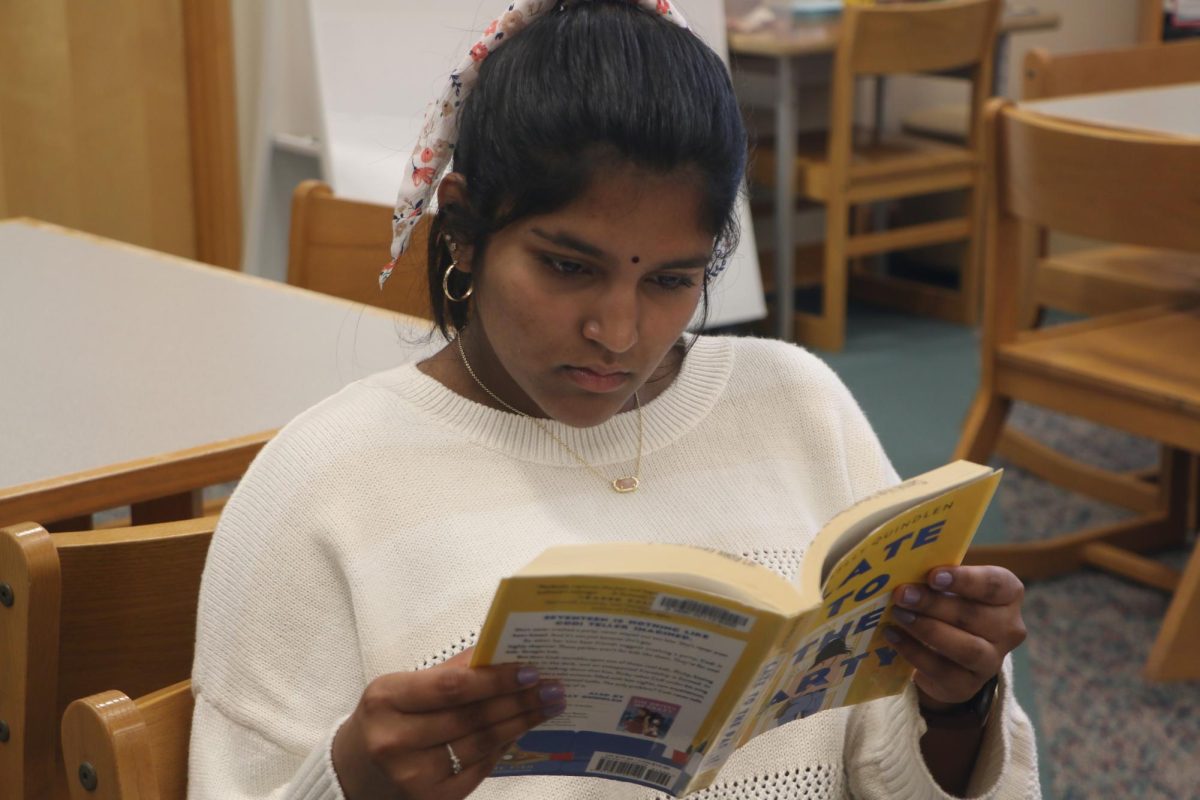



![British royalty are American celebrities [opinion]](https://hilite.org/wp-content/uploads/2024/03/Screenshot-2024-03-24-1.44.57-PM.png)













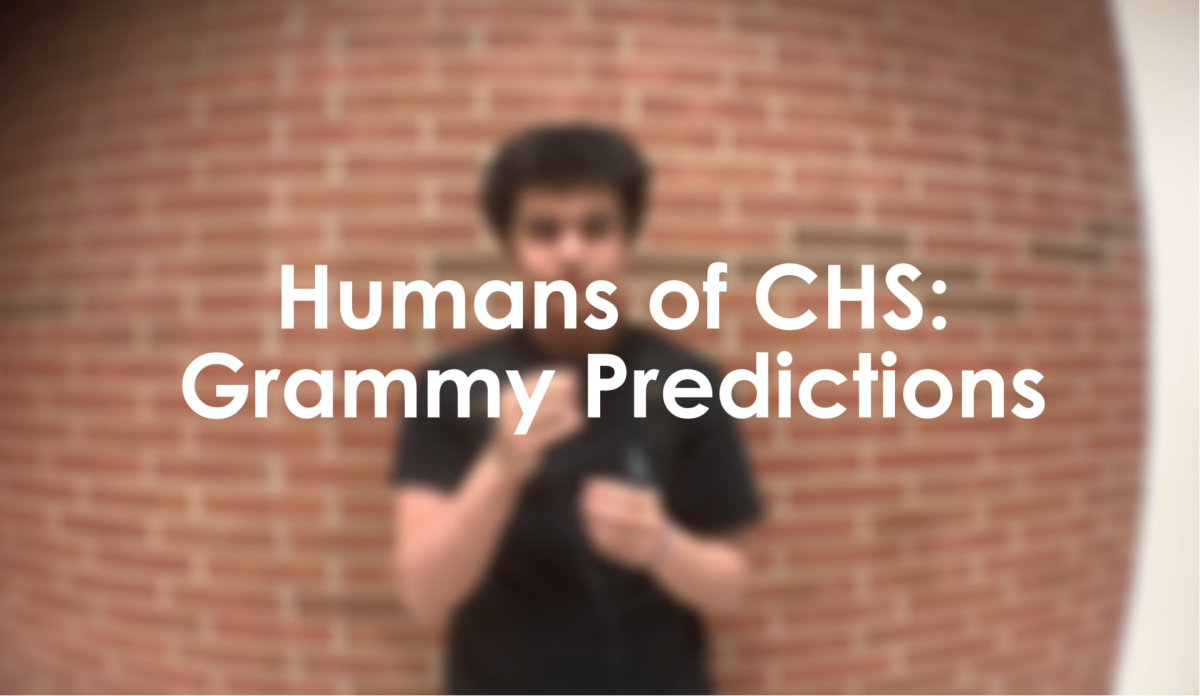

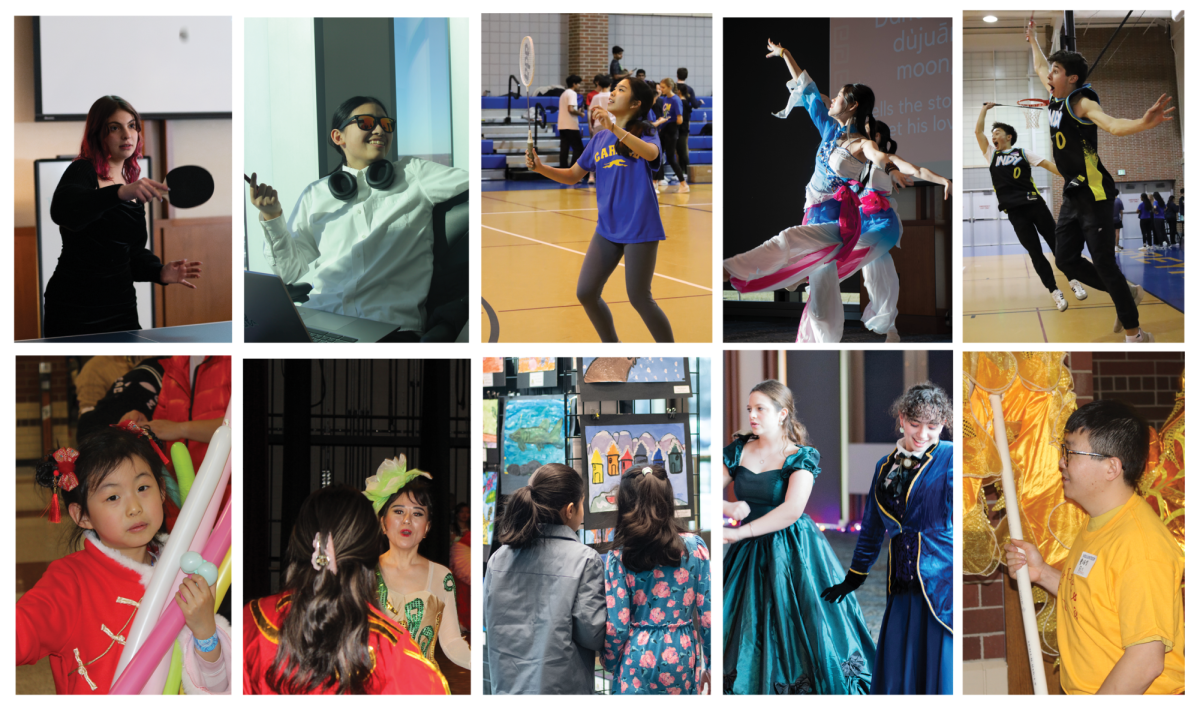



![Review: “Suits” is a perfect blend of legal drama and humor [MUSE]](https://hilite.org/wp-content/uploads/2024/04/unnamed-1.png)
![Chelsea Meng on her Instagram-run bracelet shop [Biz Buzz]](https://hilite.org/wp-content/uploads/2024/04/IMG_2446-1200x838.jpg)
![Review: Quiet on Set: The Dark Side of Kids TV is the long awaited exposé of pedophilia within the children’s entertainment industry [MUSE]](https://hilite.org/wp-content/uploads/2024/04/unnamed.jpg)
![Review: “The Iron Claw” cannot get enough praise [MUSE]](https://hilite.org/wp-content/uploads/2024/04/unnamed.png)
![Review: “The Bear” sets an unbelievably high bar for future comedy shows [MUSE]](https://hilite.org/wp-content/uploads/2024/03/unnamed.png)
![Review in Print: Maripaz Villar brings a delightfully unique style to the world of WEBTOON [MUSE]](https://hilite.org/wp-content/uploads/2023/12/maripazcover-1200x960.jpg)
![Review: “The Sword of Kaigen” is a masterpiece [MUSE]](https://hilite.org/wp-content/uploads/2023/11/Screenshot-2023-11-26-201051.png)
![Review: Gateron Oil Kings, great linear switches, okay price [MUSE]](https://hilite.org/wp-content/uploads/2023/11/Screenshot-2023-11-26-200553.png)
![Review: “A Haunting in Venice” is a significant improvement from other Agatha Christie adaptations [MUSE]](https://hilite.org/wp-content/uploads/2023/11/e7ee2938a6d422669771bce6d8088521.jpg)
![Review: A Thanksgiving story from elementary school, still just as interesting [MUSE]](https://hilite.org/wp-content/uploads/2023/11/Screenshot-2023-11-26-195514-987x1200.png)
![Review: When I Fly Towards You, cute, uplifting youth drama [MUSE]](https://hilite.org/wp-content/uploads/2023/09/When-I-Fly-Towards-You-Chinese-drama.png)
![Postcards from Muse: Hawaii Travel Diary [MUSE]](https://hilite.org/wp-content/uploads/2023/09/My-project-1-1200x1200.jpg)
![Review: Ladybug & Cat Noir: The Movie, departure from original show [MUSE]](https://hilite.org/wp-content/uploads/2023/09/Ladybug__Cat_Noir_-_The_Movie_poster.jpg)
![Review in Print: Hidden Love is the cute, uplifting drama everyone needs [MUSE]](https://hilite.org/wp-content/uploads/2023/09/hiddenlovecover-e1693597208225-1030x1200.png)
![Review in Print: Heartstopper is the heartwarming queer romance we all need [MUSE]](https://hilite.org/wp-content/uploads/2023/08/museheartstoppercover-1200x654.png)























![Review: Ladybug & Cat Noir: The Movie, departure from original show [MUSE]](https://hilite.org/wp-content/uploads/2023/09/Ladybug__Cat_Noir_-_The_Movie_poster-221x300.jpg)

![Review: Next in Fashion season two survives changes, becomes a valuable pop culture artifact [MUSE]](https://hilite.org/wp-content/uploads/2023/03/Screen-Shot-2023-03-09-at-11.05.05-AM-300x214.png)
![Review: Is The Stormlight Archive worth it? [MUSE]](https://hilite.org/wp-content/uploads/2023/10/unnamed-1-184x300.png)


![The new “Kung Fu Panda 4” movie: a journey of growth, self-realization and adventure [opinion]](https://hilite.org/wp-content/uploads/2024/03/po-1200x588.png)
